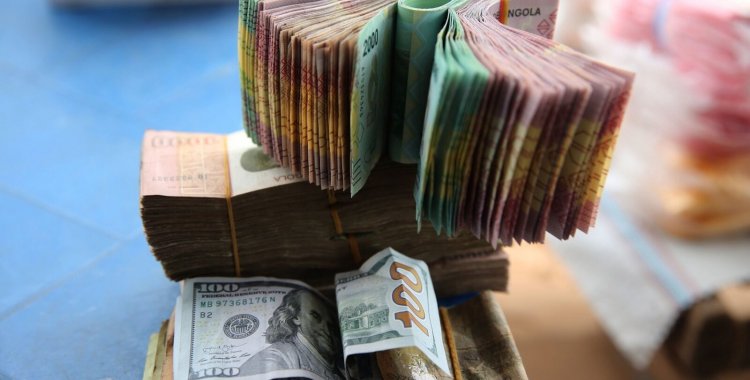"Angola's public debt will have risen to close to 91.8 percent of GDP, an increase of 30 percentage points that was exclusively due to the effect of the loss of value of the Kwanza", reads the weekly analysis of the national economy, sent to customers and to which Lusa had access today.
Data from the National Bank of Angola show that external debt stood at close to 50.3 billion dollars in the second quarter of the year, 1.5 billion dollars less compared to the previous twelve months, being at the lowest value since the second quarter of 2020, add BFA analysts.
Even so, they add, "looking at the debt as a whole, the estimate points to a value of around 65.5 billion dollars, a significant drop in the value in dollars, resulting from the decrease in external debt in amount, and due to to the effect of depreciation on the value of domestic debt when measured in dollars".
The devaluation of the kwanza since the beginning of the year, but with particular incidence from the second quarter onwards, when the Government implemented the partial withdrawal of fuel subsidies, motivated this increase in external debt, since a cheaper national currency is equivalent to paying the higher debt.
Regarding the decomposition of Angola's external debt, the BFA highlights that "the debt owed to Chinese entities represents 38 percent of all public debt abroad, a very relevant weight, but which has been falling, and is now at minimum levels since the first quarter of 2016".
On the contrary, they add, "debt to multilateral entities now represents 17.5 percent of all debt abroad, a historic maximum since the beginning of the statistical series, in 2013", which shows the Government's efforts to encourage diversification of financing sources.
BFA's analysis comes a few days after the first assessment by the executive board of the International Monetary Fund (IMF) after the financial assistance program, in which it revised downwards the growth forecast for Angola's economy, from 3.5 to 0.9 percent this year.
The decline in the oil sector, the main pillar of the economy, with a decline of 6.1 percent (a growth of 2 percent was expected in the February forecasts) contributed to this downward revision, while the growth of the non-oil sector for 3.4 percent (it was 4.3 percent in February) cannot compensate.
The IMF Executive Board highlights that the successful reforms associated with oil prices supported Angola's economic recovery between 2021-22, but the decline in oil production (from 1.205 million barrels per day forecast in February, to 1.026 million of barrels per day) brings "significant challenges".
The Fund also expects the public debt-to-GDP ratio, which is one of the five main indicators for assessing a country's debt sustainability, to rise from 65.2 percent in 2022 to 83.2 percent this year, to then slow down to 75.6 percent in 2024, still above the average for sub-Saharan African countries, around 60 percent of GDP.







